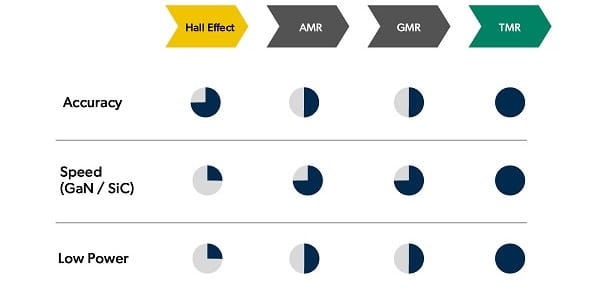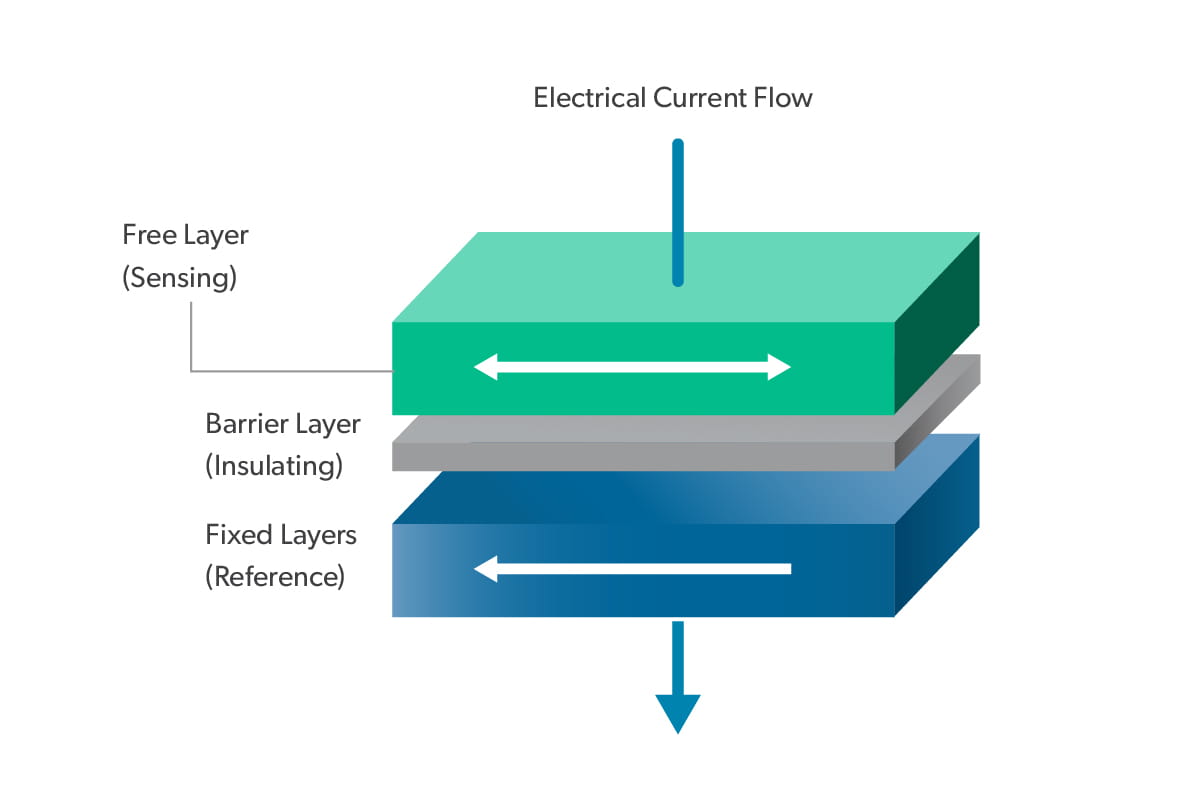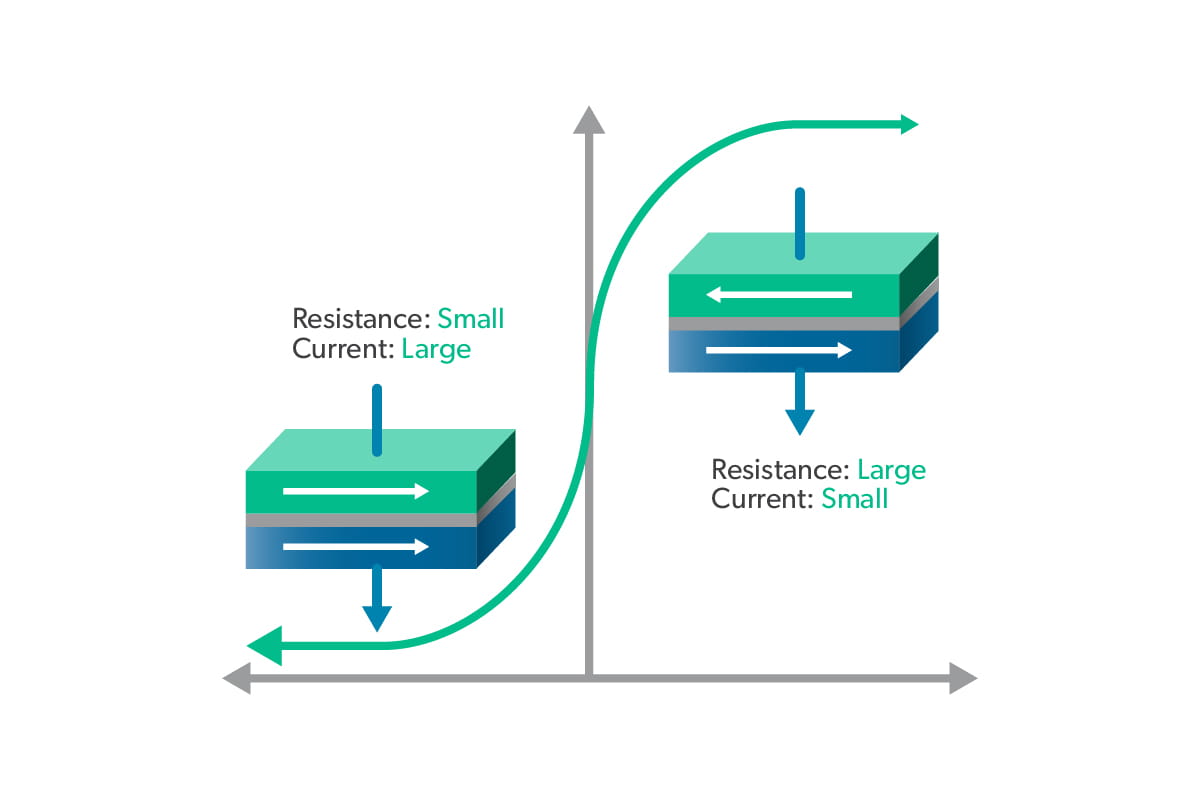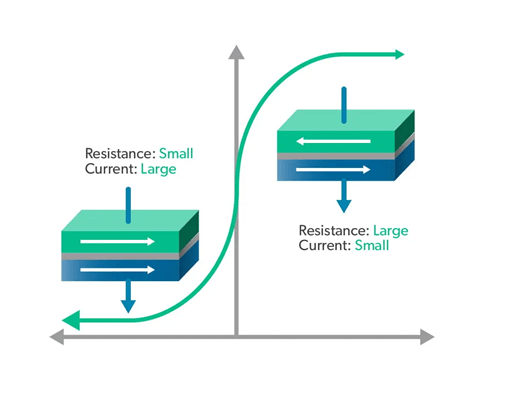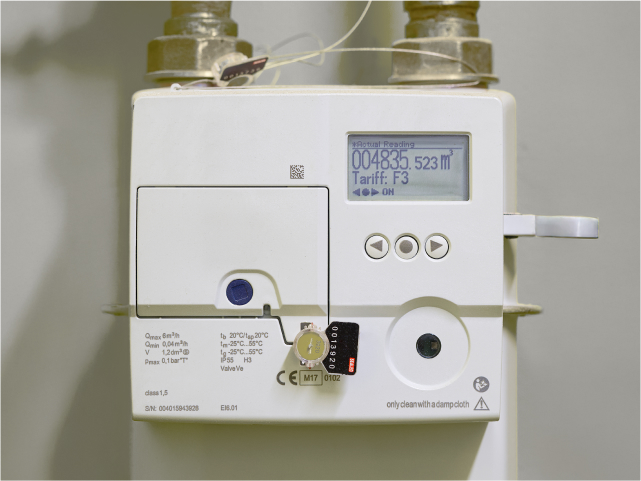Discover the next generation of magnetic sensing
Efficient Power Conversion
Accurately measures the full dynamic range and provides a cleaner signal.
Adoption of Wide Bandgap Transistors
Wide bandgap transistors such as GAN and SiC require high bandwidth current sensors which XtremeSense TMR achieves without sacrificing accuracy and resolution.
Reduce the Energy Footprint
Delivers the lowest power consumption in any magnetic sensing product category.


